Mozart’s Birthplace
A visit to Mozart’s Birthplace takes about an hour.
There is a text guide for cell phones. Texts accompany the exhibits on the walls of the museum.
Please note that Mozart’s Birthplace is not barrier-free accessible.
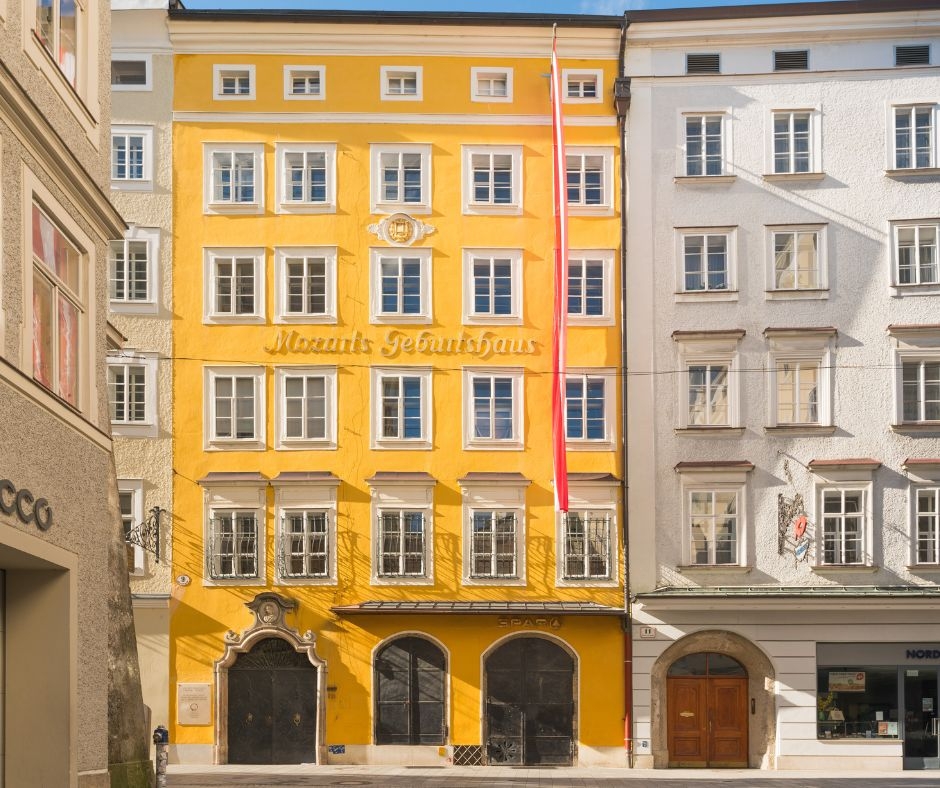
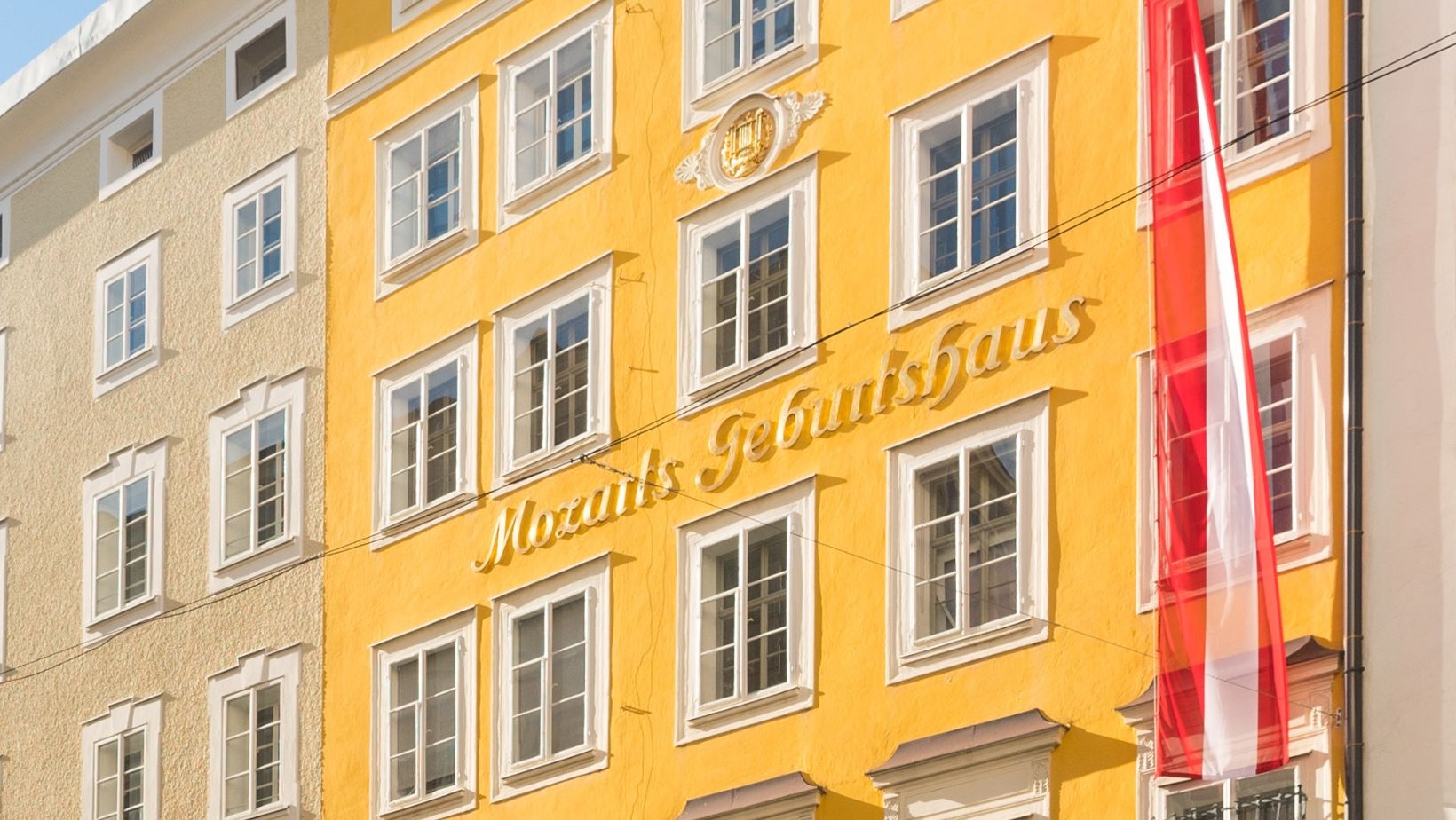

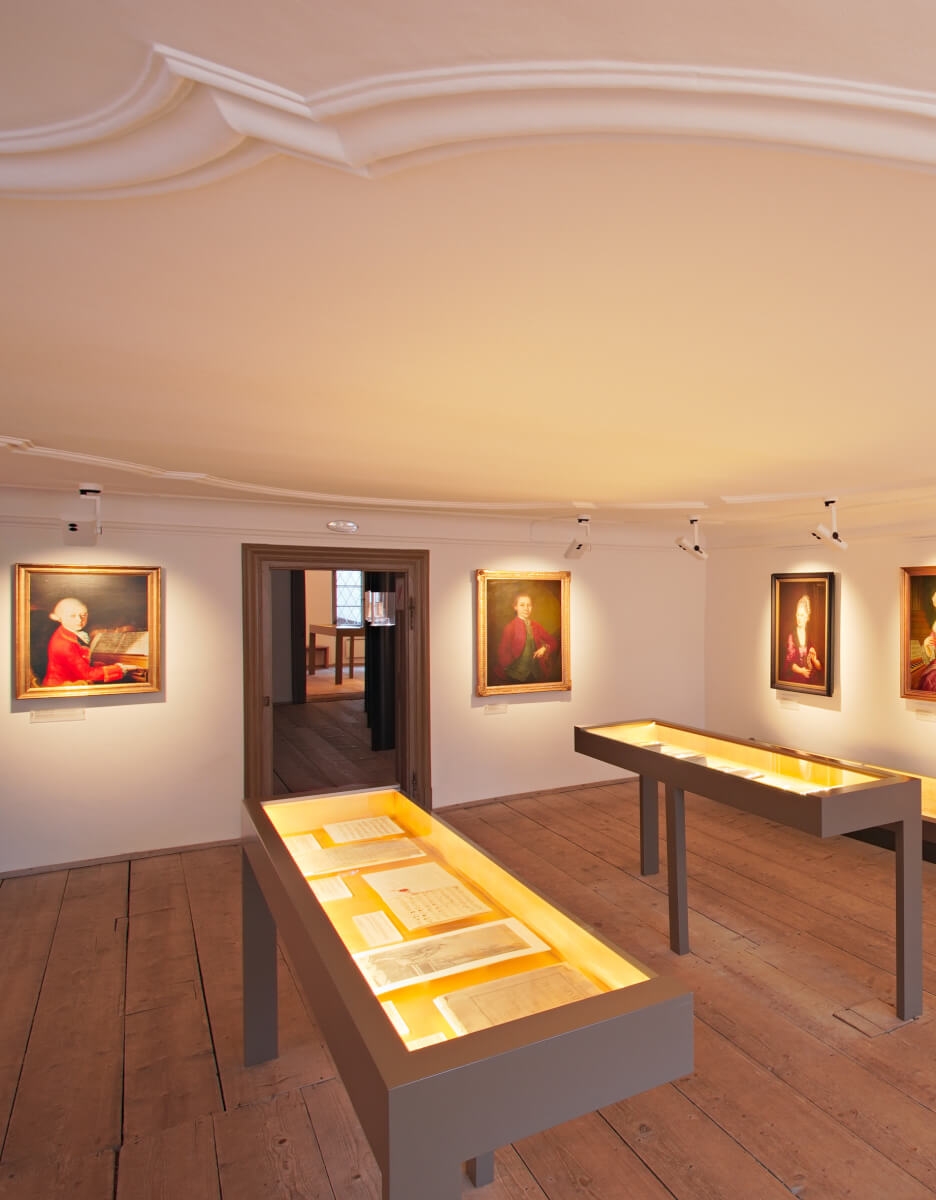
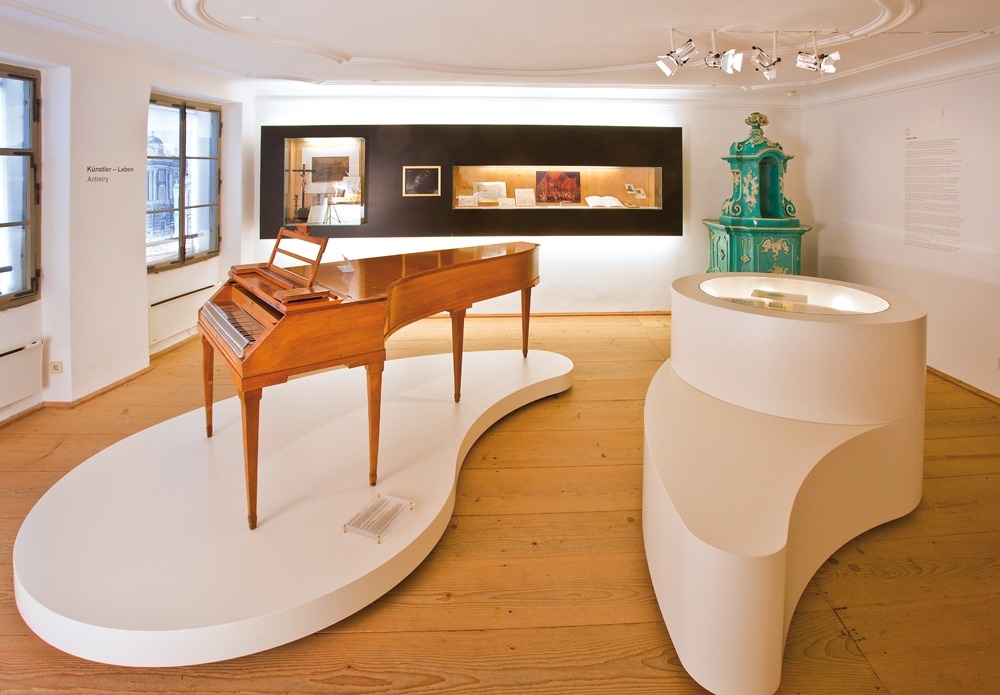
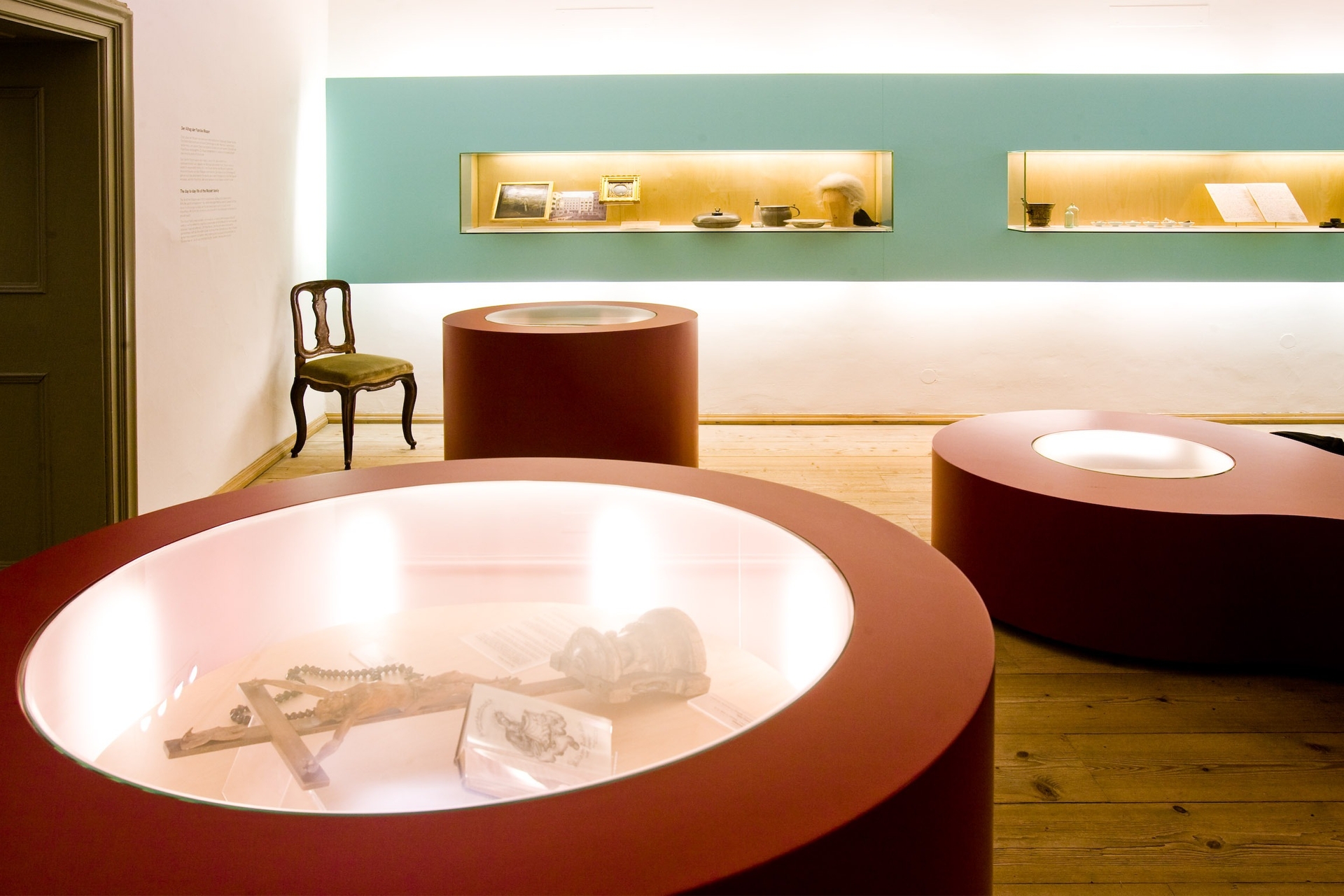

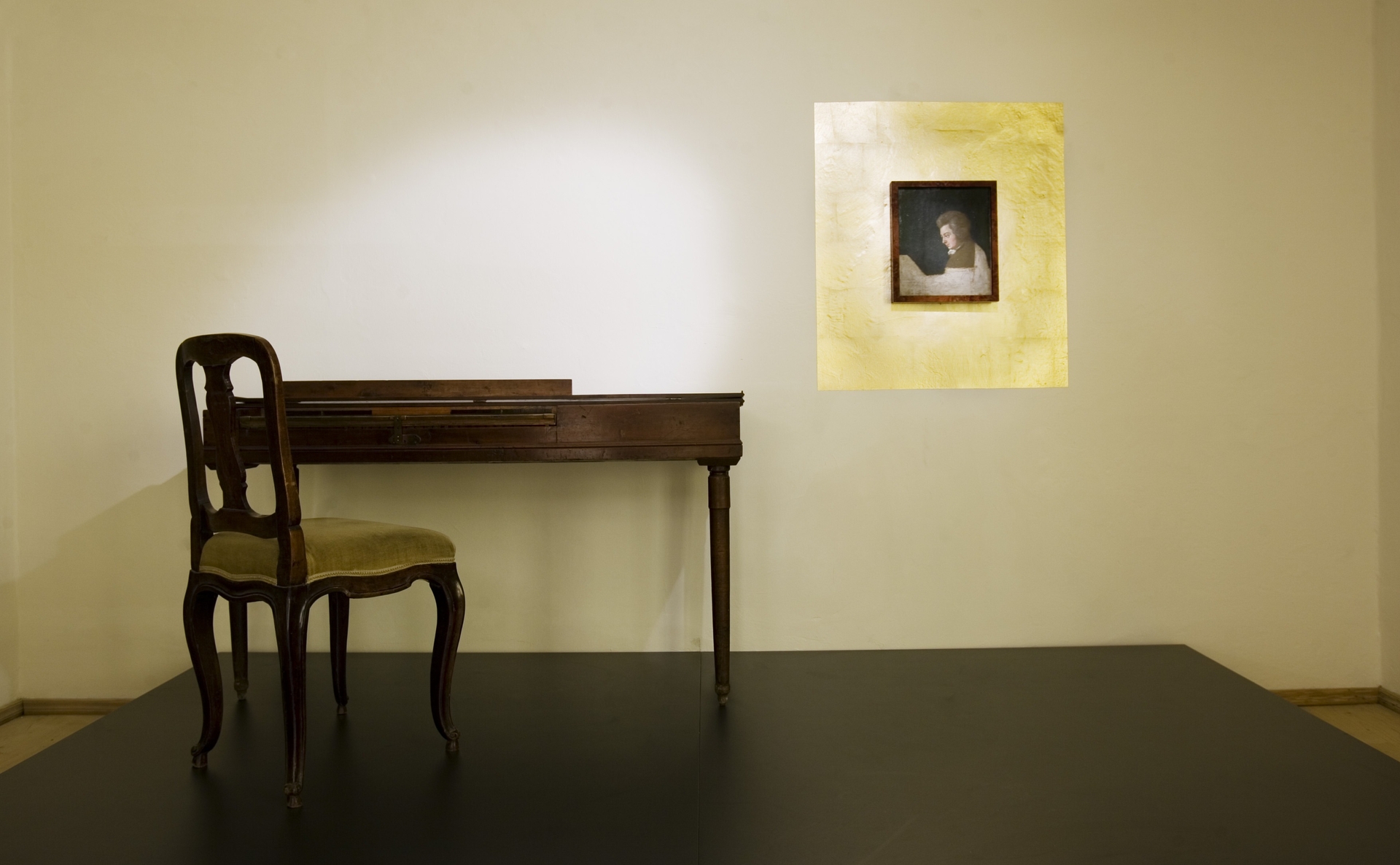









The house where Wolfgang Amadé Mozart was born on January 27, 1756, is now one of the most visited museums in the world. No other place makes the person behind the artist Wolfgang Amadé Mozart and his music as tangible as his birthplace.
In the three-story exhibition, visitors learn details of Mozart’s life – the domestic circumstances in which he grew up, when he began making music, who his friends and patrons were, his relationship with his family, his passion for opera, and much more.
Admission fees
Tickets are available online or at the box office in the museums.
The prices in parentheses are combination tickets for Birthplace and Residence.
The combined ticket for both museums is valid for 48 hours from the time of validation on site. It is not transferable to other persons.
Persons entitled to a discount must prove their eligibility with a valid identification document.
The admission fee does not include a guided tour.
Payment options: Cash Maestro, Visa or MasterCard, JCB, Union Pay, American Express, Diners Club. The Salzburg Card is accepted here.
Important note: Due to current events, we would like to point out that the purchase of online tickets is only possible via the official webshop of the International Mozarteum Foundation. Do not purchase through third-party providers, these tickets will not be accepted at the Mozart-museums!
Mozart's Instruments
What would a musician do without their instruments? Since his childhood, Mozart probably hardly passed a day without actively making music. Fortunately, some of the instruments he played have survived to this day. Perhaps it is true that in the eyes of posterity every object that Mozart touched even once exudes a special aura, but the instruments that he himself owned and used for years are particularly helpful to us in understanding his music. Mozart finely tuned his compositions to the special sound characteristics of these instruments. Thus, they can reveal a lot about how he envisioned the sound he wanted to produce.






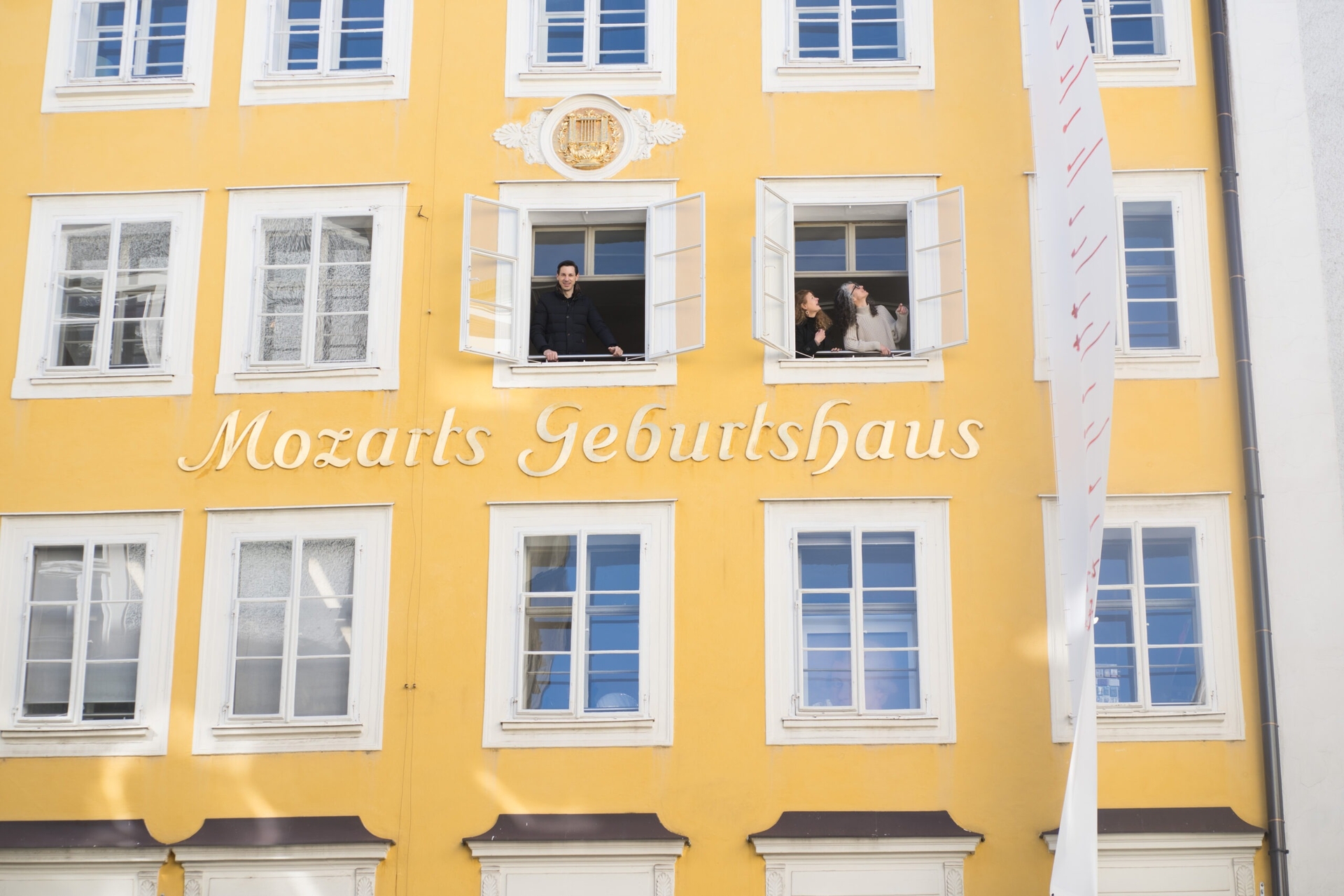
Flying Notes
Flying Notes. K.265.
Andreas Feldinger (artist), Schabelreiter Architecture (realization)
This artwork is a collaboration between the artist Andreas Feldinger, the Mozart Museums and the Bibliotheca Mozartiana of the International Mozarteum Foundation.
Designed for the façade of Mozart’s Birthplace, Andreas Feldinger’s work is based on an original autograph of Mozart’s music found the collection of the International Mozarteum Foundation. The transparent red notes perforating the white flag are a projection of Mozart’s own handwriting. An excerpt from Mozart’s work “Ah, vous dirai-je Maman”, Köchel Catalogue K. 265, better known worldwide as “Twinkle, Twinkle, Little Star”, was chosen because of its international fame and recognition value.
The bright yellow façade of Mozart’s Birthplace has an iconic character and attracts millions of visitors. The flag of the Republic of Austria has been part of this striking facade for decades. The flag is a symbol of the national cultural heritage at home in this house. In the context of this artistic intervention, however, the flag has temporarily relinquished its position to the artist’s interpretation “Flying Notes” by Salzburg artist Andreas Feldinger lends an artistic lightness to the facade of the building at Getreidegasse 9.
And, it goes beyond that. Wolfgang Amadé Mozart and his incomparable musical oeuvre, the far-reaching radiance of which is so obvious worldwide today, has its origins in this building. Today, this cultural heritage enriches not only our nation, but also people of all origins and generations. This is underlined also in the music-autograph selected for this project, that preserves a melody known in countless countries. In this way, “Flying Notes” reflects the activities and ambition of the International Mozarteum Foundation and the Mozart Museums to preserve Mozart’s legacy at his birthplace, while at the same time connecting with the world to make Mozart’s legacy widely accessible.
Flying Notes. K. 265. in the words of the artist:
My art the natural light. I make it the focus and combine it with the cloth of the sail. Inventing movement. The notes should float on the façade. For me, it’s also about other visual experiences. Ahead of the colored shadow. You only see it during the sunlight, for a short time. The dots of color are a luminous accent on the façade and the street. They are never the same. They flicker in the wind. The musical notation can only be recognized on the flag itself.
The artist dedicates this work to his parents.